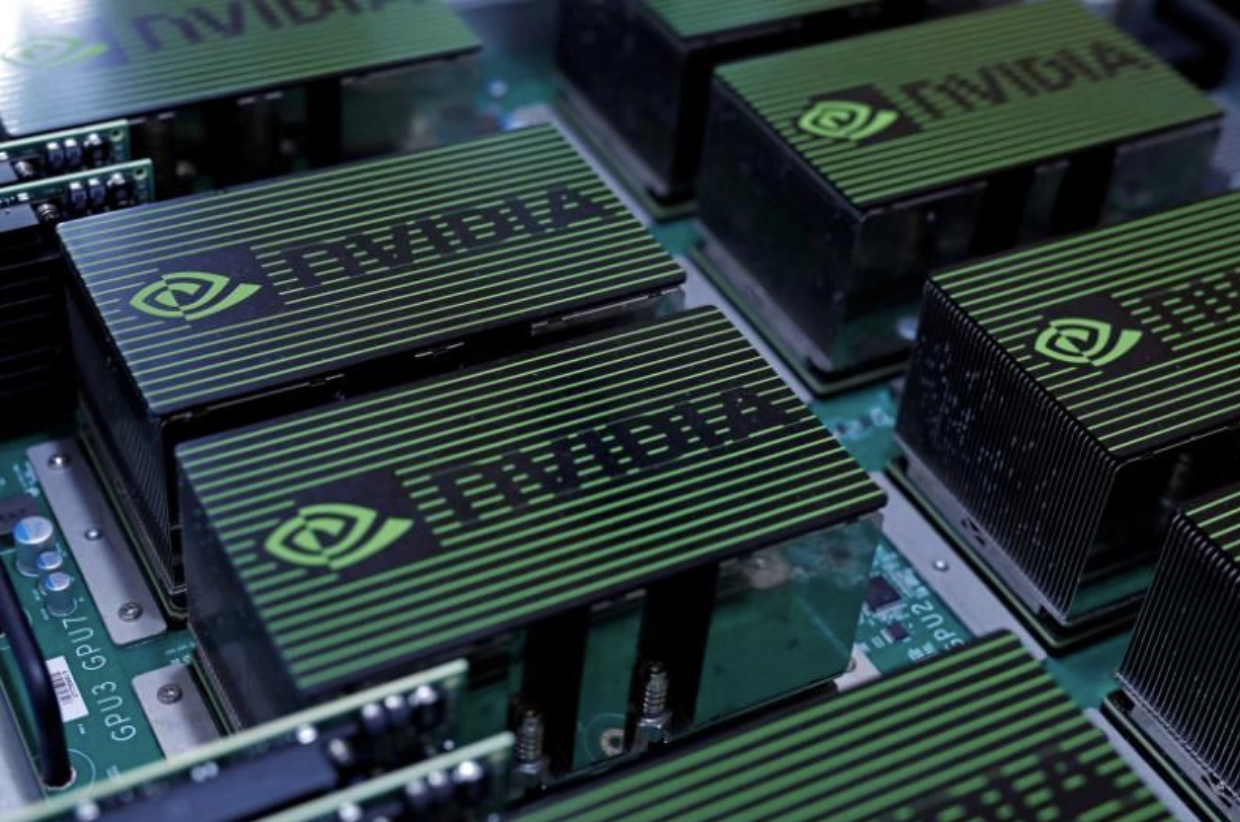Original Title: NVIDIA Unveils Next-Generation Platform for Fully Autonomous Cars

In a major development, NVIDIA, the Silicon Valley-based graphics chip company, has launched its first computer chip specifically designed for fully autonomous driving systems. The new chip is part of the company’s Drive PX project and marks a significant step forward in the evolution of self-driving technology. According to reports, NVIDIA has already secured over 25 customers who are using this advanced platform to develop next-generation driverless cars, self-driving taxis, and long-haul trucks.
Notably, global logistics giant Deutsche Post and ZF, a leading supplier of autonomous vehicle components, have announced plans to deploy fleets of vehicles equipped with the new chip as early as 2019. This indicates that the technology is not just theoretical but is already being integrated into real-world applications.
The latest chip, called "Pegasus," is the third-generation product under the Drive PX line. Despite its compact size—similar to a car license plate—it delivers data center-level processing power. Pegasus boasts a staggering 320 teraflops per second, which is 13 times faster than its predecessor, the Drive PX 2.
NVIDIA explained that a single Xavier-class processor is sufficient for Level 3 semi-autonomous driving, while multiple mobile GPUs can support full Level 5 autonomy. Level 5 represents the highest level of automation, where the vehicle operates entirely without human intervention, eliminating the need for a steering wheel or brakes. In contrast, Level 3 still requires a driver to be ready to take control in case of system failure, while Level 4 ensures full autonomy within designated lanes.
Industry experts believe this innovation lays a strong foundation for the future of autonomous vehicle development. The announcement also had a positive impact on NVIDIA's stock, which rose 3.8% to $192.37 per share, marking an 80% increase year-to-date.
Despite NVIDIA's lead, competitors like Intel, NXP, and Renesas are expected to catch up quickly. Intel, through its Mobileye division, is collaborating with BMW and Delphi to develop an autonomous driving platform set for release in 2021. Meanwhile, NXP recently accepted a takeover by Qualcomm, positioning itself as a top supplier of automotive electronics. Renesas, a Japanese firm, also plays a key role in microcontroller manufacturing, which is crucial for vehicle operations.
Danny Shapiro, Director of Automotive Projects at NVIDIA, mentioned that many of the 25 customers using the Pegasus platform are focused on self-driving taxis. These vehicles are designed without steering wheels or brakes and operate only on dedicated lanes. Some major automakers are expected to announce new products based on the Pegasus platform in the near future.
At a developer conference in Munich, NVIDIA executives confirmed that the Pegasus lineup would be available for car manufacturers in mid-2018 for research and software testing. The company has also partnered with Deutsche Post and ZF on projects such as the StreetScooter delivery truck, which features six cameras, radar, and a lidar sensor.
The initial deployment of these autonomous delivery vans will be limited to internal roads or long-haul routes, aiming to improve efficiency and safety rather than replace drivers altogether.
Currently, the Drive PX2 platform is already in use by 225 companies, including automakers, parts suppliers, and mapmakers. NVIDIA noted that existing software can be upgraded to work seamlessly with the new Pegasus chips.
Some of the potential users include Tesla (Model 3), Audi A8 (the first Level 3 vehicle), Toyota’s upcoming self-driving models, and Geely’s Volvo. Industry analyst De Ambroggi praised Pegasus for its performance, calling it the first platform capable of enabling full autonomy before real-world deployment.
However, some analysts caution that while Pegasus excels in controlled environments like private lanes, it may only allow automakers to build prototypes for full autonomy. Challenges such as regulations, on-road testing, and safety concerns could delay the widespread adoption of fully autonomous cars for personal use until after 2025.
Applications
1. Residential: Used for off-grid power solutions, solar energy storage, and backup power.
2. Commercial: Essential for data centers, emergency lighting, and UPS systems.
3. Industrial: Supports processes requiring continuous power supply, such as manufacturing lines.
4. Grid-Scale: Critical for balancing the electrical grid, providing peak shaving, and facilitating renewable energy integration.
Advancements and Future Trends
Advancements in materials science and technology are driving improvements in battery efficiency, cost-effectiveness, and environmental impact. Research is focused on developing next-generation batteries that can offer higher energy densities, faster charging times, and longer lifespans, making them more viable for widespread adoption in various sectors.
Conclusion
Energy storage batteries are indispensable in today’s energy landscape, enabling the transition towards sustainable and resilient energy systems. As technology evolves, so do the capabilities of these batteries, promising a future where energy storage becomes even more efficient, reliable, and accessible.
Solar Battery Storage System,Battery Storage,Solar Battery Storage,Energy Storage System,Battery Energy Storage System,Cabinet Type Batteries
Ningbo Taiye Technology Co., Ltd. , https://www.tysolarpower.com
